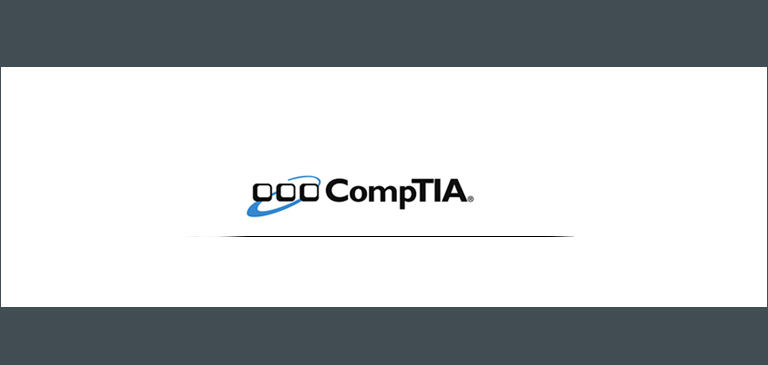CompTIA Server+ (2009 Edition) Certification Examination Objectives
1.0 System Hardware
1.1 Differentiate between system board types, features, components and their purposes.
1.2 Deploy different chassis types and the appropriate components
1.3 Differentiate between memory features / types and given a scenario select appropriate memory
1.4 Explain the importance of a Hardware Compatibility List (HCL)
1.5 Differentiate between processor features / types and given a scenario select the appropriate processor
1.6 Given a scenario, install appropriate expansion cards into a server while taking fault tolerance into consideration.
1.7 Install, update and configure appropriate firmware.
2.0 Software
2.1 Install, deploy, configure and update NOS (Windows / *nix).
2.2 Explain NOS security software and its features.
2.3 Given a scenario, implement and administer NOS management features based on procedures and guidelines
2.4 Explain different server roles, their purpose and how they interact
2.5 Summarize server virtualization concepts, features and considerations
2.6 Describe common elements of networking essentials
3.0 Storage
3.1 Describe RAID technologies and its features and benefits
3.2 Given a scenario, select the appropriate RAID level
3.3 Install and configure different internal storage technologies
3.4 Summarize the purpose of external storage technologies
4.0 IT Environment
4.1 Write, utilize and maintain documentation, diagrams and procedures
4.2 Given a scenario, explain the purpose of the following industry best practices
4.3 Determine an appropriate physical environment for the server location
4.4 Implement and configure different methods of server access
4.5 Given a scenario, classify physical security measures for a server location
5.0 Disaster Recovery
5.1 Compare and contrast backup and restoration methodologies, media types and concepts
5.2 Given a scenario, compare and contrast the different types of replication methods
5.3 Explain data retention and destruction concepts
5.4 Given a scenario, carry out the following basic steps of a disaster recovery plan
6.0 Troubleshooting
6.1 Explain troubleshooting theory and methodologies
6.2 Given a scenario, effectively troubleshoot hardware problems, selecting the appropriate tools and methods
6.3 Given a scenario, effectively troubleshoot software problems, selecting the appropriate tools and methods
6.4 Given a scenario, effectively diagnose network problems, selecting the appropriate tools and methods
6.5 Given a scenario, effectively troubleshoot storage problems, selecting the appropriate tools and methods

